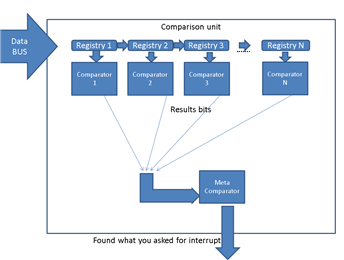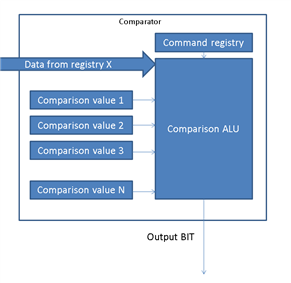Hi I have high level idea for a markup language processing unit that can save lots of cycles when processing things like HTML. I used to know verilog and electronic systems. During my master's degree I worked on this idea so I'm 100% sure it works but I'm too rusty to do it my self. I'm looking for volunteers to generate it on open hardware.


